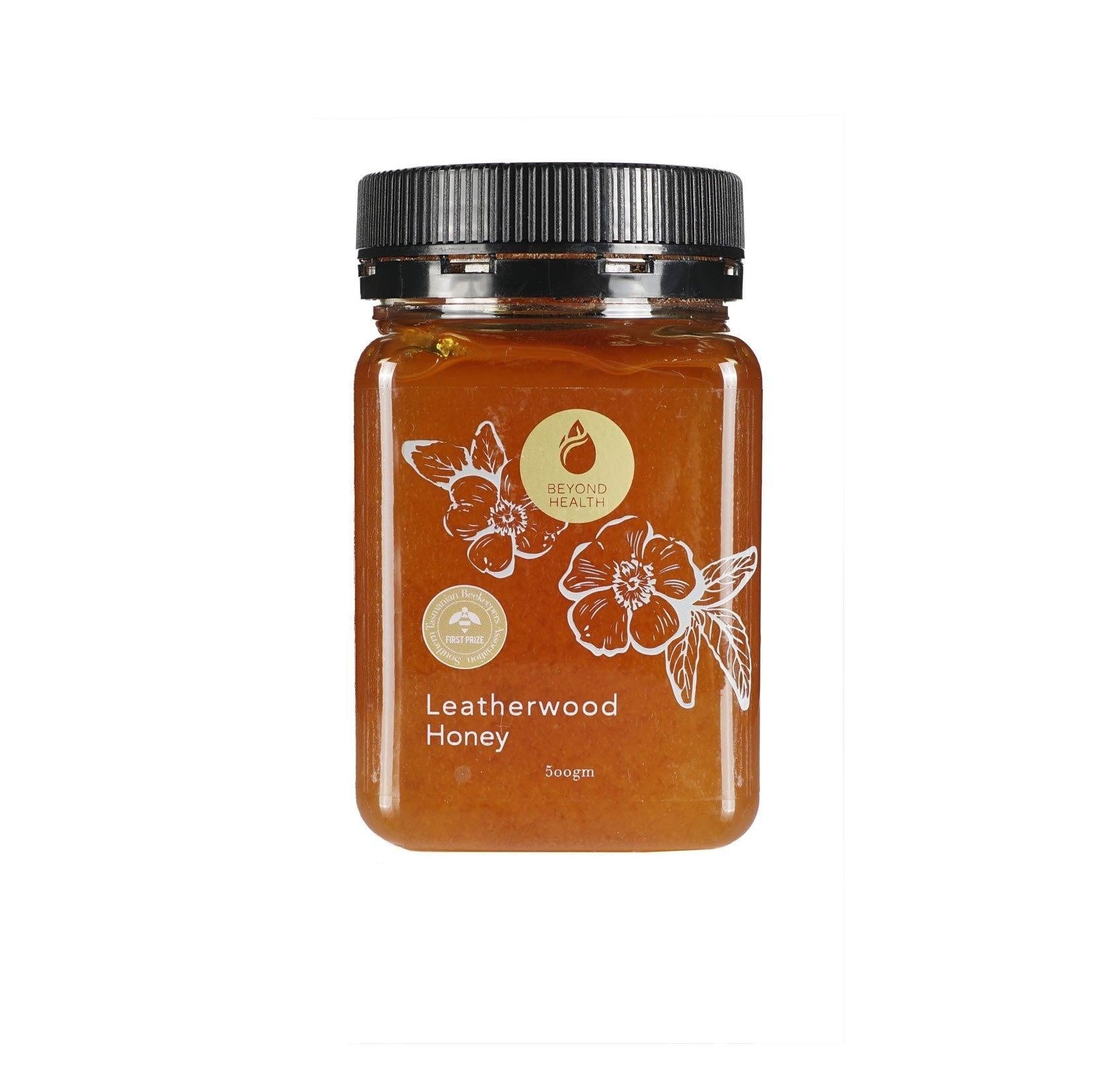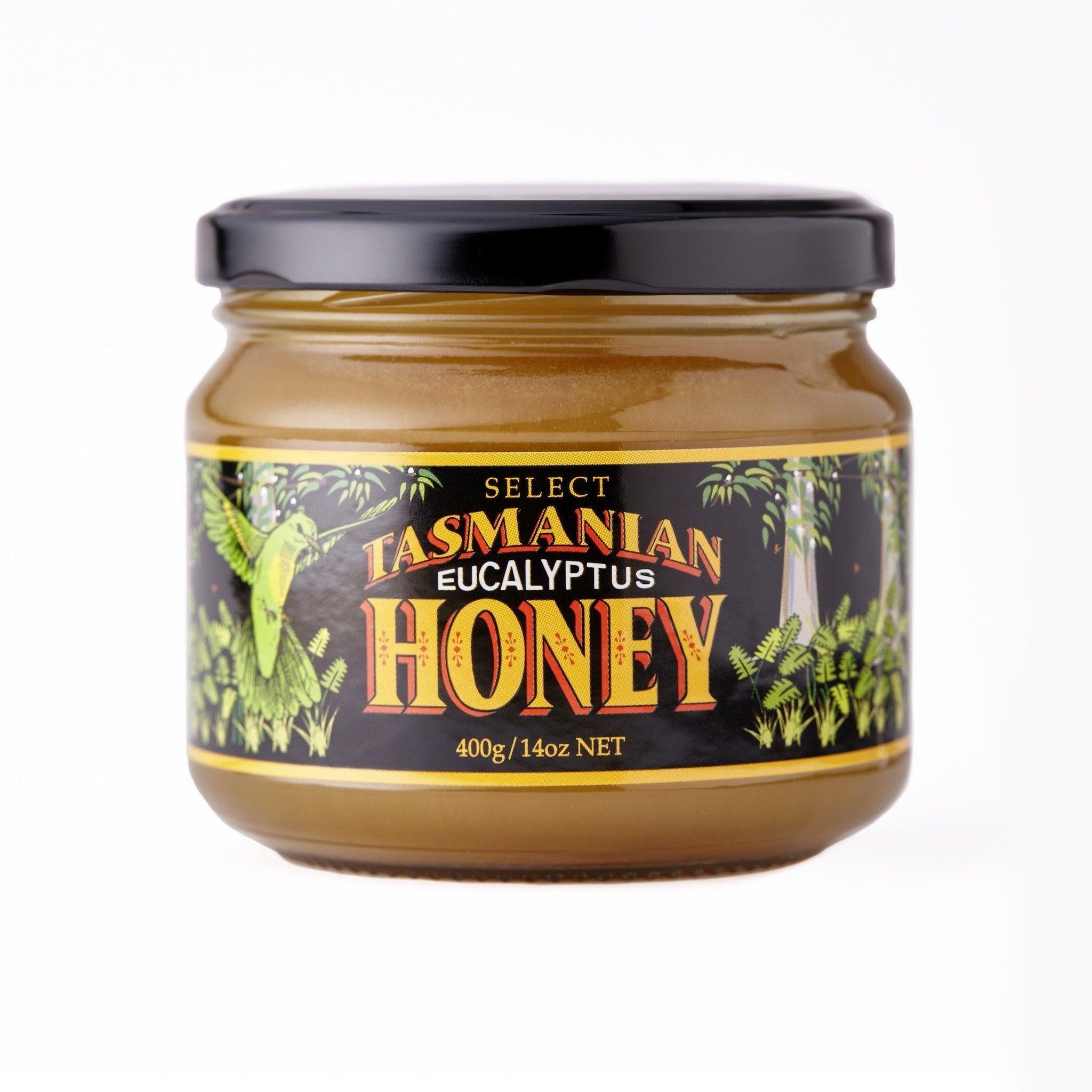Your shopping bag is empty
Elimination Diet Meal Plan
- Posted by: Enquiry Admin
- Comments: 0
- Categories: Nutrition & Diet
The Ultimate Guide to an Effective Elimination Diet Meal Plan
Introduction
Are you experiencing unexplained symptoms such as digestive issues, skin problems, or fatigue? If so, you might be a candidate for an elimination diet. To begin with, an elimination diet is a powerful tool for identifying food intolerances or sensitivities that may be lead to your health issues. In this comprehensive guide, we will walk you through the concept of an elimination diet, its benefits. Also, we will provide you with a well-structured meal plan to kickstart your journey towards optimal health.
Understanding the Elimination Diet
An elimination diet is a short-term eating plan that involves removing certain foods from your diet to pinpoint potential triggers of adverse reactions. Because the goal is to eliminate common allergens and highly reactive foods. This is to allow your body to heal and reset. Finally, after a specific elimination period, the eliminated foods are gradually reintroduced, one at a time. Because this is to identify any adverse reactions or symptoms that may arise.
Benefits of an Elimination Diet
-
Identifying food intolerances: By systematically removing foods and reintroducing them, you can pinpoint specific ingredients that may be causing symptoms such as bloating, headaches, or skin rashes. As such, this knowledge empowers you to make informed dietary choices designed to your body's needs.
-
Reducing inflammation: Many chronic health conditions, including autoimmune disorders, are linked to chronic inflammation. An elimination diet helps to identify and remove inflammatory triggers, and allows your body to heal and reducing overall inflammation levels.
-
Promoting gut health: The elimination diet focuses on whole, unprocessed foods that are rich in nutrients and support a healthy gut. Also, it will promote the growth of beneficial gut bacteria, aids digestion, and strengthens the immune system.
Creating an Elimination Diet Meal Plan
When embarking on an elimination diet, it's important to plan your meals carefully to ensure you're getting all the necessary nutrients while avoiding the potential trigger foods. In fact, here's a well-structured meal plan to guide you:
-
Breakfast:
- Option 1: Veggie omelet made with organic eggs, spinach, bell peppers, and mushrooms.
- Option 2: Quinoa porridge topped with fresh berries, almond milk, and a sprinkle of cinnamon.
-
Snack:
- A handful of raw almonds and an apple.
-
Lunch:
- Option 1: Grilled chicken breast served with a mixed green salad, cherry tomatoes, cucumbers, and a lemon vinaigrette.
- Option 2: Baked salmon with steamed broccoli, quinoa, and a squeeze of fresh lemon juice.
-
Snack:
- Carrot sticks with hummus.
-
Dinner:
- Option 1: Baked turkey meatballs served with zucchini noodles and homemade marinara sauce.
- Option 2: Grilled tofu with roasted sweet potatoes, sautéed kale, and a sprinkle of nutritional yeast.
-
Dessert:
- Fresh fruit salad with a drizzle of honey and a sprinkle of chia seeds.
Remember to drink plenty of water throughout the day to stay hydrated and support your body's detoxification process.
Incorporating Whole Foods into Your Elimination Diet
Whole foods play a vital role in an elimination diet as they provide essential nutrients, support gut health. Also, they reduce the intake of potential trigger foods. Here are some tips for adding whole foods into your meals:
-
Load up on vegetables: Include a variety of colorful vegetables such as leafy greens, cruciferous veggies, and root vegetables in your meals. Because they will provide fiber, antioxidants, and vital nutrients.
-
Opt for lean proteins: Choose lean protein sources like chicken, turkey, fish, tofu, and legumes. Because these are nutrient-dense and help to keep you satiated.
-
Choose healthy fats: Incorporate healthy fats from sources like avocados, nuts, seeds, and olive oil. Because these fats support brain health and help absorb fat-soluble vitamins.
-
Embrace whole grains: Include gluten-free whole grains like quinoa, brown rice, and oats to provide fiber and sustained energy.
Sources
When undertaking an elimination diet, it's important to gather information from reliable sources. Here are some reputable sources to expand your knowledge on the subject:
- "The Elimination Diet: Discover the Foods That Are Making You Sick and Tired" by Alissa Segersten and Tom Malterre.
- National Institutes of Health (NIH): nih.gov
- Mayo Clinic: mayoclinic.org
- Academy of Nutrition and Dietetics: eatright.org
- WebMD: webmd.com
Conclusion on Elimination Diet Meal Plan
An elimination diet can be a transformative journey towards better health and well-being. By systematically eliminating and reintroducing foods, you can identify specific triggers that may be causing unwanted symptoms. However, please remember to consult with a healthcare professional or a registered dietitian before starting an elimination diet, especially if you have underlying health conditions. Armed with a well-structured meal plan and reliable information, you can take charge of your health and make informed dietary choices to optimize your overall well-being.
Finally, embrace the power of an elimination diet, nourish your body with whole foods, and embark on a path towards better health and vitality.






